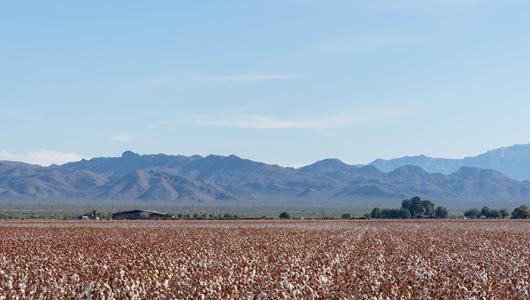By Cassie Bable, USDA
USDA followed the #Plant2020 and #Harvest2020 progress across the country as farmers like you shared photos and videos, giving us a glimpse into planting and harvesting on your operation. From preparing the ground to harvesting the last acre, we know it’s been a busy and unusual year.
#Harvest2020
So far, we’ve received photo and video submissions from 32 states. Our #Harvest2020 campaign is still running, so there’s still time to put your operation on the map. You can share your harvest progress by sending an email to sharingoursuccesses@usda.gov with landscape-orientation photos or videos under 10 seconds, a short description of your photo or video, your city and state, and your Twitter handle, if you have one.
Preparing for the Next Crop Year
With #Harvest2020 wrapping up across the country, it’s time to think ahead about the approaching 2021 crop year. We agree that you should definitely celebrate the end of harvest and enjoy the holidays, but going into the next crop year with a plan is always a good idea.
Below are five things to consider to help you plan for the next crop year:
- Complete 2021 ARC/PLC Enrollment & Make Program Elections
Producers can make elections and enroll in the Agriculture Risk Coverage (ARC) and Price Loss Coverage (PLC) programs for the 2021 crop year through March 15, 2021. The Farm Service Agency’s ARC and PLC programs provide farmers financial protections from substantial drops in crop prices or revenues and are vital economic safety nets for most American farms.
Although program election (choosing ARC or PLC) changes for 2021 are optional, enrollment (signed contract) is required for each year of the program. If a producer has a multi-year contract on the farm and makes a program election change for 2021, he or she needs to sign a new contract.
- Conservation Check
Now is the time to check your fields for any erosion problems hidden by crop canopies. If you discover any new erosion, visit with your local Natural Resources Conservation Service (NRCS) office and review any adjustments or additions to your conservation plan. This is especially important for maintaining conservation compliance on highly erodible land if you are considering tilling any gullies or ruts caused during harvest.
If you are considering a switch to no-till, now is the time to put your plan in place. If you are thinking about implementing a no-till/cover crop system on your operation, learn more from a soil health expert.
- Address Conservation Concerns
If you discover any conservation issues, NRCS’s Environmental Quality Incentives Program (EQIP) provides agricultural producers financial and technical assistance to address natural resource concerns and deliver environmental benefits.
If you have a conservation practice in mind that you want to implement on your operation, start the conversation now with your NRCS field office so you can complete the application process and receive approval by the time you’re ready to implement the practice.
- Re-evaluate your Crop Insurance Coverage
Many Federal crop insurance contract change date deadlines are coming at the end of November, which means changes may be made to your 2021 crop year policy. It’s a good time to revisit your insurance coverage with your insurance agent. You should also check with your agent to see if any new insurance plans introduced for crop year 2021 may be right for your operation.
- Notify USDA of Farm Ownership/Operation Changes
Remember to report any farm ownership or operation changes to your local FSA office. When farm ownership or operation changes take place, a farm reconstitution may be necessary, which either combines or divides farms or tracts of land based on the farming operation.
You should also report any changes of address, zip code, phone number, email address, or an incorrect name or business name on file
Taking the time now to prepare for the next crop year means you’ll be able to get into the field quicker when the timing and weather are right for planting your 2021 crop. To find contact information for your USDA service center, visit farmers.gov/service-locator.
Cassie is a Public Affairs Specialist with USDA. She can be reached at cassie.bable@usda.gov.


